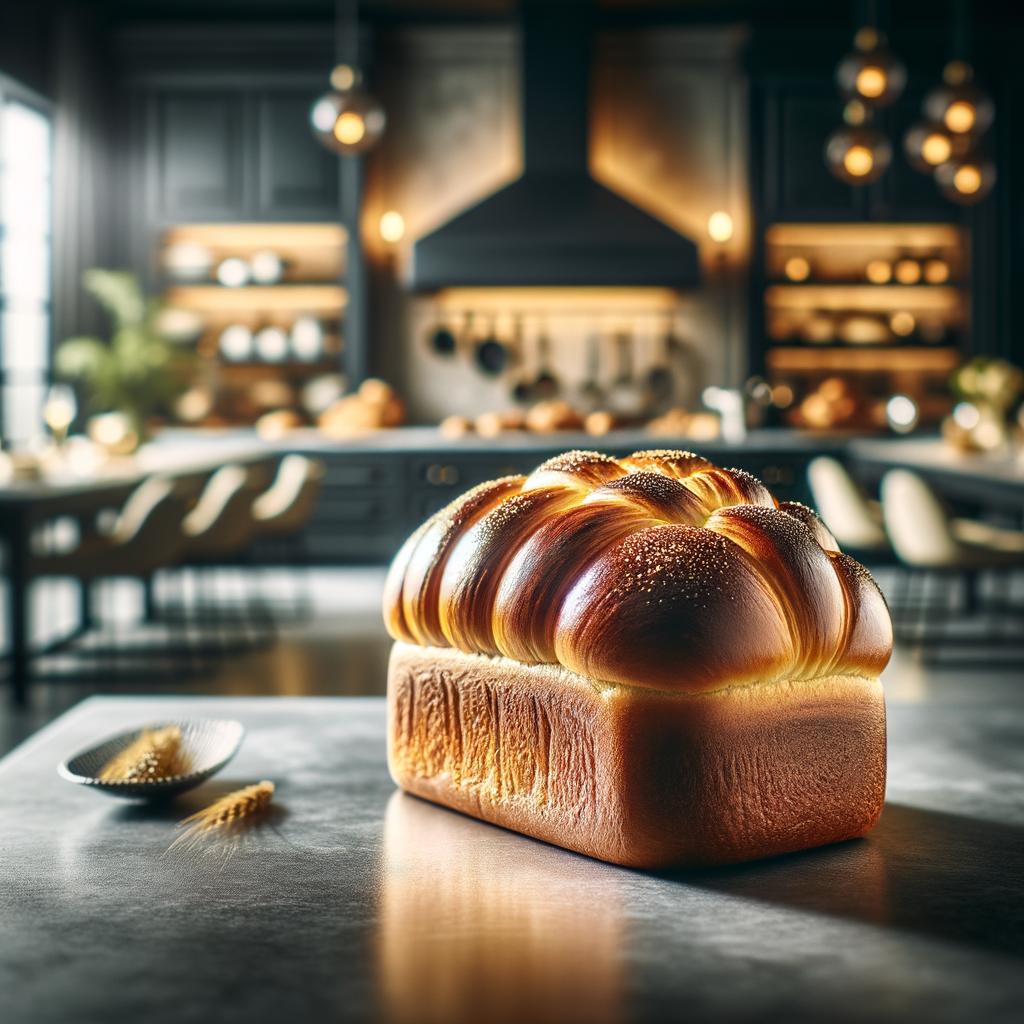Brioche Bread

Description
Brioche, a gem in the crown of French gastronomy, is a rich, golden-hued bread that is a delight to behold and a pleasure to savor. With a soft, tender crumb beneath a glossy, dark crust, it's a bread that is as pleasing to the eye as it is to the palate. Its flavor profile is subtly sweet, with a buttery richness that is both decadent and comforting. Its texture is uniquely light and airy, a result of the high egg and butter content. This makes it distinct from other breads, setting it apart with its luxurious mouthfeel and indulgent taste.
Primary Uses
Traditionally, brioche is used extensively in French cuisine, particularly in dishes where the bread's richness can shine, such as French toast or bread pudding. It's also a key component in gourmet sandwiches, where its buttery crumb contrasts beautifully with savory fillings. Brioche is often used as a sumptuous base for canapés, or torn into pieces and used in upscale stuffing recipes. Outside the kitchen, brioche holds a special significance in French culture, symbolizing luxury and indulgence, and is often served on special occasions or holidays.
History
The history of brioche is as rich as the bread itself. Its origins trace back to the Middle Ages, where it was made with far less butter and eggs than the modern version. It was a bread of the nobility, a symbol of excess and wealth. The phrase "Let them eat cake," famously misattributed to Marie Antoinette, was actually about brioche, a bread so luxurious that it was akin to cake. Over time, brioche has become more accessible, but it still holds a special place in French cuisine and culture. An interesting folklore associated with brioche is the "brioche of the dead," a special bread made in certain regions of France to honor the departed on All Souls' Day.
Nutritional Information
Brioche is high in calories due to its high butter and egg content, but it also provides certain nutritional benefits. It's a good source of protein from the eggs, and the butter provides a dose of healthy fats. It also contains a small amount of calcium and iron. However, compared to whole grain breads, brioche is lower in fiber and higher in cholesterol. While it's a delicious indulgence, it's best enjoyed in moderation as part of a balanced diet. The story of brioche is a reminder that food is more than just sustenance - it's a celebration of culture, history, and the simple pleasures of life.

